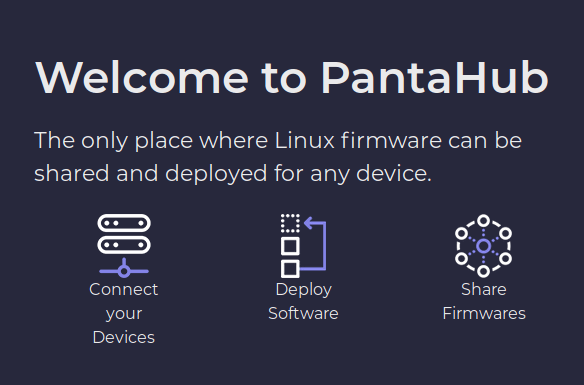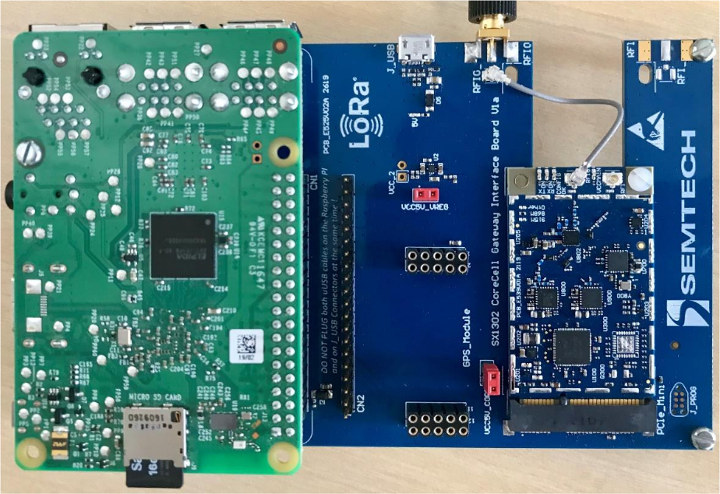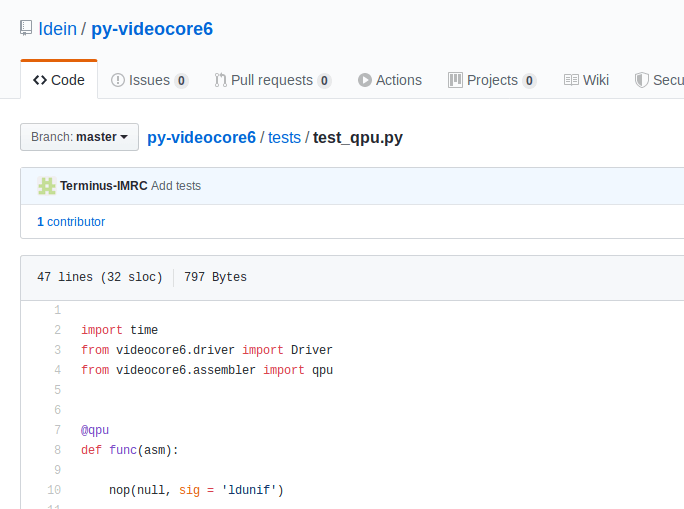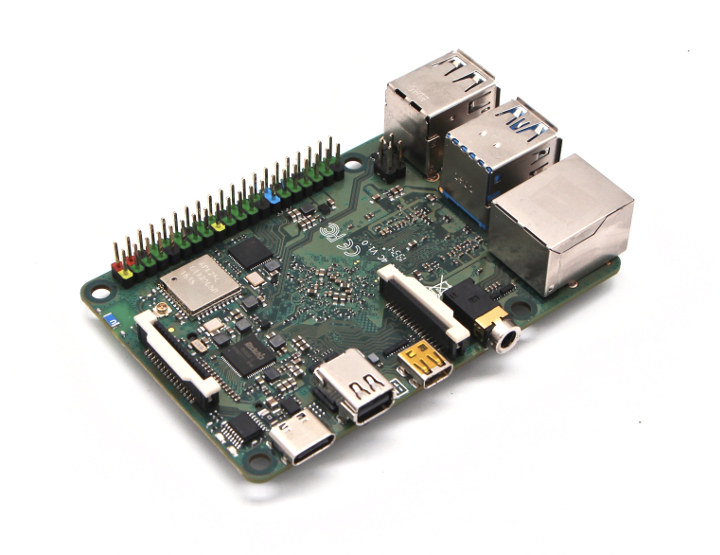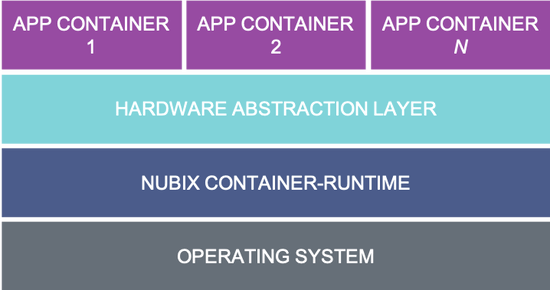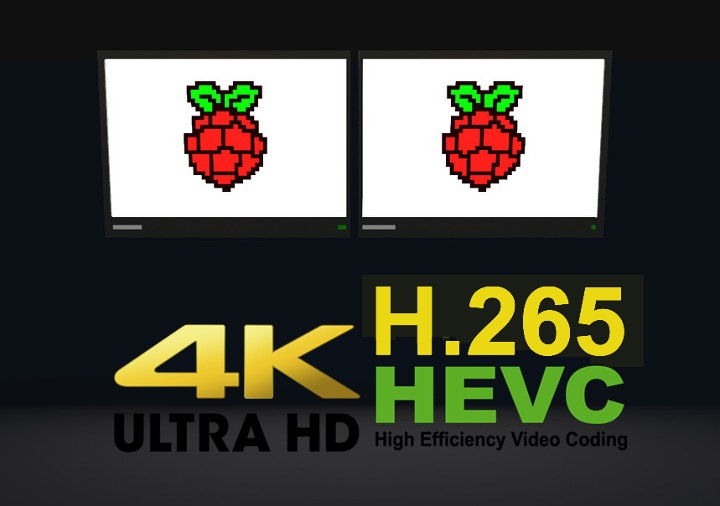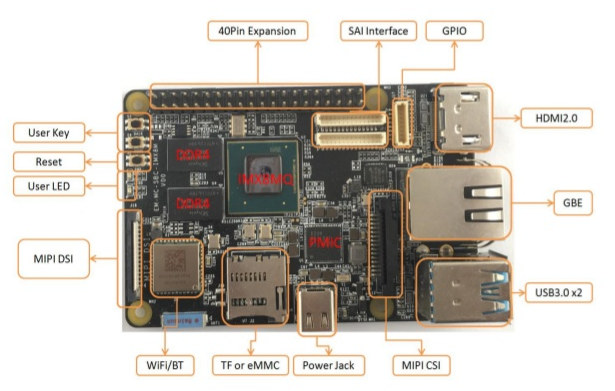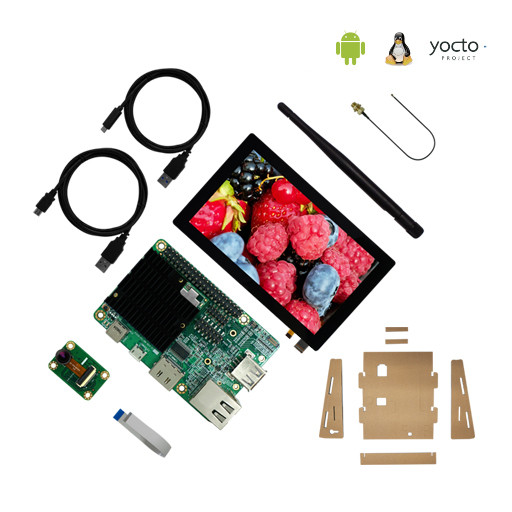Let’s say you’re running Raspbian on your Raspberry Pi 4 board, but would like to check out the latest Ubuntu 19.10 for the board. What would you normally have to do? After downloading the firmware and turning off your Raspberry Pi 4, you’d normally need physical access to your Raspberry Pi 4 to remove the MicroSD card, insert it into your computer and start balenaEtcher or other utility to flash the image. Once it’s done remove the MicroSD card from your PC and insert it back into the Raspberry Pi SBC, before booting it up. That’s fine for experimentation, but time-consuming if you had to do this for multiple boards that may be placed in various locations. That’s where Pantacor’s PantaHub, PantaVisor, and PVR utility come in. Pantahub is a web dashboard used for registration, to monitor your devices, and documentation, Pantavisor is an Alpine Linux based device init system […]
Semtech SX1302 LoRa Transceiver to Deliver Cheaper, More Efficient Gateways
After our interview with Rak Wireless CEO, we received a comment inquiring about the availability of SX1302 gateways. Semtech so far had two LoRa transceivers for gateways namely SX1301 and SX1308, but I had never heard about a third one. Semtech SX1302 is brand new, the latest generation of baseband LoRa chip for gateways that is said to reduce current consumption in order to simplify the thermal design of gateways, as well as the BoM (bill of materials) costs), while being capable of handling a higher amount of traffic. Semtech SX1302 LoRa Transceiver Key features: Up to -141 dBm sensitivity with SX1250 Tx/Rx front-end 125 kHz LoRa reception with: 8 x 8 channels LoRa packet detectors 8 x SF5-SF12 LoRa demodulators 8 x SF5-SF10 LoRa demodulators 125 /250 / 500 kHz LoRa demodulator (G)FSK demodulator Direct interface to Semtech transceivers SX1255, SX1257 and SX1250 SPI host interface Single 32 MHz […]
py-videocore6 Raspberry Pi 4 GPGPU Python Library Leverages VideoCore 6 GPU
Raspberry Pi 4 SBC was released at the end of June with a new Broadcom BCM2711B SoC that also includes VideoCore 6 (VC6) GPU for 2D and 3D graphics, and that could also be used for general-purpose GPU computing (GPGPU). In the past we’ve seen companies such as Idein leveraged VideoCore 4 GPGPU capabilities in Raspberry Pi 3 / Zero to accelerate image recognition, and they released a python library (py-videocore) for that purpose. The problem is that the VideoCore 6 GPU found in RPi 4 is quite different than the VideoCore 4 GPU in earlier versions of the Raspberry Pi Foundation board as forum member phiren explains: I’ve been looking though the open source drivers and here are some of my observations: vc6 is clearly derived from vc4, but it is significantly different. vc6 is only a slight extension over vc5 The QPU pipeline stays mostly the same, you […]
Rock Pi 4C SBC to Support Dual Display Setups via micro HDMI and mini DP Ports
Rockchip RK3399 powered Rock Pi 4 SBC was introduced at the end of 2018 and followed nearly exactly Raspberry Pi 3 Model B form factor just with a more powerful processor, GPU, as well as more memory depending on which model you purchase. But in June 2019, the Raspberry Pi foundation launched Raspberry Pi 4 SBC with a much faster processor and many of the same ports as its predecessor except for support for two HDMI displays via micro HDMI ports. Radxa has now followed suit with Rock Pi 4C which offers two modern video outputs, but with a twist as the upcoming SBC combines one micro HDMI port with one mini DP port. Rock Pi 4C was introduced at the XDC 2019 conference where open-source graphics developers meet, and Radxa was a “supporter”. The company explains Rock Pi 4B uses RK3399’s USB type-C controller for the two USB 3.0 […]
Nubix Edge-native Tiny Containers for IoT Apps Released For Raspberry Pi and BeagleBone SBCs
Nubix has just launched the developer edition of its edge-native tiny containers for IoT application development and analytics that target microcontrollers and single-board computers such as Raspberry Pi 3/4 and BeagleBone Black. Typical cloud solutions such as Docker are often too large with tiny IoT devices, and to solve these issues, Nubix tiny containers are sized in kilobytes, instead of megabytes, or about 100 times smaller than a Docker container, in order to be small enough to run at the edge. Nubix.io provides access to a library of sensors, analytics and tiny services that leverage open source languages and pre-packaged functions to easily create IoT applications in a few minutes. Analytics is commonly done in the cloud, which may cause issues in environments with limited or intermittent connectivity, so to solve this issue, Nubix provides analytics functionality directly on the IoT device, eliminating the latency, bandwidth, connectivity and cost constraints […]
Raspberry Pi 4 Digital Signage Solution Supports 4K HEVC Video and Dual Display Setups
4K H.265 & dual-display digital signage for Raspberry Pi 4 The Info-Beamer, the company that started as a for-fun project at a hacker conference and turned into a now growing business has developed the first Raspberry Pi 4 OS that can use the HEVC (H.265) decoding system and support dual-display setups. The latest info-beamer hosted version 11 (aka hosted 11) is designed for 4K video quality digital signs, and the two HDMI ports on the Raspberry Pi 4 can be used simultaneously for mirrored output on two displays or span two video displays on digital signs. The company has reported that this solution can work on a video wall, like the info-beamer magic video wall. Previous Info-Beamer Previously there was an info-beamer hosted 10 released in February 2019 and that version is still applicable if wanted. All versions of Raspberry Pi are still supported but the OS 11 release focuses […]
MaaXBoard NXP i.MX 8M Raspberry Pi Compatible Board Runs Android 9.0 or Yocto Linux
When we looked for information about PICO-PI-IMX8M single board computer, we noticed another Raspberry Pi shaped board powered by NXP i.MX 8M processor: MaaXBoard by Embest, an AVNET company. The board comes with up to 4 GB DDR4 RAM, a MicroSD card slot or eMMC flash for storage, Gigabit Ethernet, WiFi & Bluetooth, HDMI 2.0, USB 3.0 port, MIPI CSI & DSI ports, and of course a the 40-pin “Raspberry Pi” expansion header. MaaxBoard specifications: SoC – NXP i.MX 8MQ quad-core Arm Cortex-A53 processor, Cortex-M4F real-time core, and Vivante GPU with OpenGL/ES 3.1, OpenGL 3.0, Vulkan, OpenCL 1.2 System Memory – 2GB DDR4 SDRAM (up to 4GB) Storage – MicroSD card slot or optional eMMC flash up to 64GB Video Output – HDMI 2.0 up to 4K @ 60 Hz, MIPI DSI display connector Video Playback – 4Kp60 with High Dynamic Range (H.265, VP9), 4Kp30 (H.264), 1080p60 (MPEG2, MPEG4p2, VC1, […]
WandPi 8M SBC Comes Back as PICO-PI-IMX8M with SoM & Raspberry Pi Compatible Baseboard
Back in 2017, WandBoard announced the release of an upcoming Raspberry Pi like SBC based around the NXP i.MX8M Quad applications processor, ARM Cortex-A53 + M4 architecture and Vivante GC7000 GPU called the WandPi 8M. The board was designed around the popular Pi (85 x 56 mm) form factor bringing 4K UltraHD with HDR video quality with pro audio fidelity. WandPi 8M was scheduled for the release in spring of 2018, but ever since WandPi 8M never came to life. It was suggested that the board must have gone to the SBC heaven. Back to 2019, a similar board was discovered recently on Hacker boards called the PICO-PI-IMX8M with almost similar design and specification. The PICO-PI-IMX8M board shown also features the same NXP i.MX8M Quad-core processor and the Vivante GC7000 GPU but relies on PICO-IMX8M system-on-module plus a baseboard inspired by Raspberry Pi form factor, and compatible with (most) HAT […]


